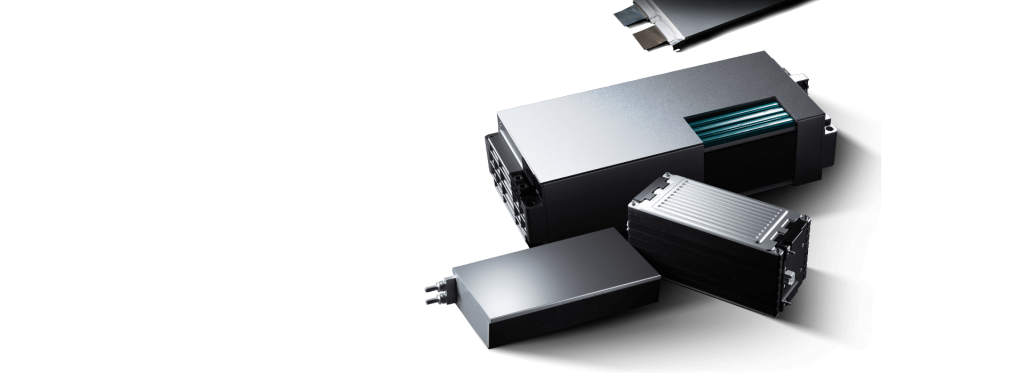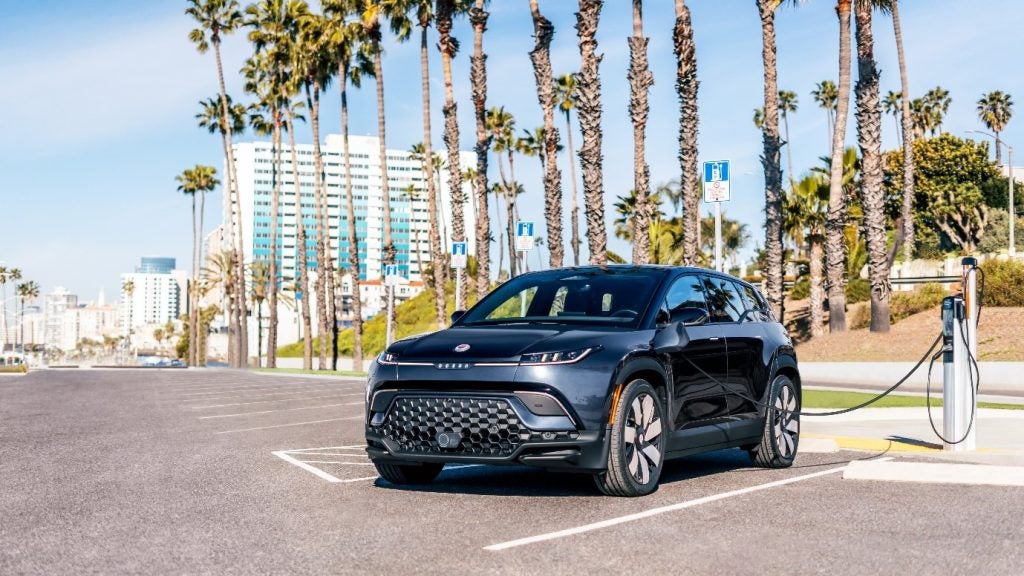Volvo Car has patented a simulation method for predicting the opening force of a front vehicle door after a frontal collision. The method involves simulating deformations of vehicle components and conducting physical tests to validate the simulation results. This innovation aims to enhance vehicle safety and design efficiency. GlobalData’s report on Volvo Car gives a 360-degree view of the company including its patenting strategy. Buy the report here.
According to GlobalData’s company profile on Volvo Car, was a key innovation area identified from patents. Volvo Car's grant share as of February 2024 was 21%. Grant share is based on the ratio of number of grants to total number of patents.
Simulation method for front door opening force after vehicle collision
A recently granted patent (Publication Number: US11928402B2) discloses a method for simulating the opening force of a front door of a vehicle after a frontal collision. The method involves two simulation steps - the first simulating deformations of vehicle components that affect door opening, and the second determining the opening force using these deformations and a predetermined door opening speed. The design component, like an NHV insulation plate, can be modified to change the opening force without affecting other vehicle functions, while the interface component, like the front fender, cannot be modified for this purpose. Physical tests are conducted to verify the simulated results, and the simulation is repeated until the opening force meets safety requirements.
Furthermore, the patent includes a non-transitory computer-readable medium with instructions for carrying out the simulation method. The medium stores instructions for the two simulation steps, involving the design and interface components, and conducting physical tests for validation. The design component, such as the NHV insulation plate, can be modified based on the determined opening force to reduce it. The simulation method allows for iterative modifications to the design component until the desired opening force is achieved, ensuring safety requirements are met effectively. This innovative approach to simulating and adjusting the opening force of a vehicle door post-collision could have significant implications for vehicle safety and design in the automotive industry.
To know more about GlobalData’s detailed insights on Volvo Car, buy the report here.
Data Insights
From

The gold standard of business intelligence.
Blending expert knowledge with cutting-edge technology, GlobalData’s unrivalled proprietary data will enable you to decode what’s happening in your market. You can make better informed decisions and gain a future-proof advantage over your competitors.







